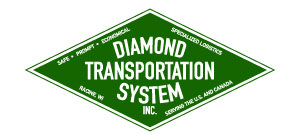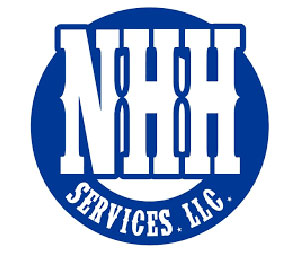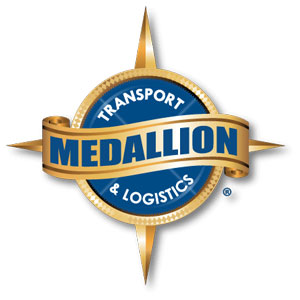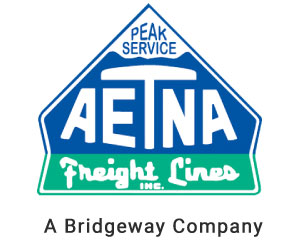7 Considerations When Moving Heavy Equipment for Rigging Companies
When moving heavy equipment for rigging companies, a good deal of knowledge and experience is required in order to do the job safely and promptly. In this article, we’ll be discussing the role of rigging companies in industry, and why they require specialized transportation when their heavy equipment is being transported from one place to another. We’ll also examine the role played by logistics in the transportation of machinery, and then consider some of the issues which need to be accounted for when hauling heavy equipment for these companies.
What Does a Rigging Company Do?
Rigging companies are generally required to move everything from sensitive medical machinery to hydroelectric dam generators. There’s a wide range of materials which can be either very delicate or extremely large, possibly weighing as much as 20 tons or more. Some of this includes generators, HVAC units, safes, conveyors, mills, semiconductor equipment, and printing presses.
When industrial machinery has to be moved, it will generally take more than a simple forklift, and professional riggers are required to move this because it can be very dangerous. Professional skills come into play when it’s necessary to safely lift and move objects that are oversized, extremely heavy, or those which are located in a difficult position.
Rigging companies provide skilled personnel to accomplish crane rigging, disassembling or installing new components, removal of decommissioned machinery, plant reorganization, plant relocation, machinery upgrades, and a wide variety of other tasks which can be both delicate and extremely difficult. To accomplish the tasks necessary in this process, a specialized mechanism is generally necessary, for instance wire rope, canvas straps, slings, and jacks, all of which are used to help move the material, or to secure it during transport.
Why Do Rigging Companies Need Reliable Specialized Transportation Companies?
If you were to summarize the reasons why specialized transportation services are needed by these companies when hauling very large machinery, you could probably boil it down to safety reasons and the effort to minimize downtime. The riggers themselves will be responsible for preparing large machinery for transportation somewhere, or for installation at a new location.
The services they provide require industrial machinery, cables, and straps, all of which are necessary to prep it for transportation. Riggers will work closely with specialized transportation teams so they can be sure that the machinery itself remains safe and secure, prepared for the journey. This often calls for large cranes and some engineering knowledge, so as to avoid any damage which might be incurred by the shop floor, equipment being moved, or the vehicle transporting.
Using this approach, even the largest machinery can be safely prepared for transportation, and then it’s up to the specialized transport service to observe those same safety practices until it arrives at its destination. When all of this falls into place and the rig team and transport team are operating in sync, that will serve to minimize the downtime of the machinery being transported.
In virtually all cases, this kind of heavy machinery is extremely expensive and the services provided by such machinery don’t come cheap. When they’re out of action for any extended period, it’s more than likely costing the owner a considerable amount of money, so downtime can be a real economic hit.
7 Things for Rigging Companies to Consider When Hauling Equipment
Whenever you’re involved with rig operations for moving and transporting large equipment, there are some things which should be kept in mind so that the whole operation can be conducted safely and with minimal downtime. Here are some of the most important of those considerations:
- Thorough Inspection – before any project involving heavy lifting, an expert should inspect all the handling machinery and the crane to make sure it is safe. No technical issues which are found should be overlooked, and all machinery should be in excellent working condition.
- Qualified Personnel – everyone at a site should be experienced and well-trained about the machinery and the work to be done. Experienced riggers should be able to anticipate issues so they can be avoided.
- Maintain Good Balance – it’s essential that the load remains balanced at all times, and this means that the upper suspension and load hook should always form a straight line. Neither the hoist body nor the chain should ever come in contact with the load, and if it does become unbalanced, that can cause a crane to tip over. That makes it essential to be aware of the load capacity, as well as the exact center of gravity for the load.
- Make Sure Loads are Landed – no heavy load should ever be suspended when a machine has been turned off, and it should be landed for the sake of safety. Whenever a load is being moved, it’s critical to be aware of the surrounding environment so you don’t knock things over.
- Load Safety – whenever a load is suspended in the air, it’s the crane operator’s responsibility to make sure that no personnel walk under the load. Power lines have to be avoided, and everyone in the lifting area must keep fingers, feet, and hands away from pinch points.
- Use a Spotter – whenever the rigger doesn’t have a clear view of the entire environment, it’s necessary to have a spotter who can direct the load so that clearance can be maintained on all sides. The spotter must be aware of any people in the area, so they can be warned away from the load.
- Know Your Equipment – any experienced rigger should understand the capabilities of their machinery, for instance how much can be lifted. This information is always included in the operator’s manual. You should also have an awareness of the load radius and the boom length, as well as the maximum angle capability of your machinery, so that you can maintain balance for the load.
How Do Logistics Play a Role in Rigging Machinery Transport?
Logistics plays a fairly prominent role in the area of preparing heavy equipment for transportation. Logistics worksites carry out such functions as loading, unloading, and transporting various types of machinery, and to do that, they might use conveyors, forklifts, carts, cranes, picking systems, automated warehouses, and sorters. At such logistics worksites, loading and unloading are two of the most prominent services provided, but a lot of work can go into these two simple functions, especially when the equipment to be moved is super heavy and bulky.
Reader interactions
One Reply to “7 Considerations When Moving Heavy Equipment for Rigging Companies”
Comments are closed.


















[…] you’re looking at moving heavy equipment or machinery, it’s important to work with a skilled professional who’s capable of taking that job on, as it […]